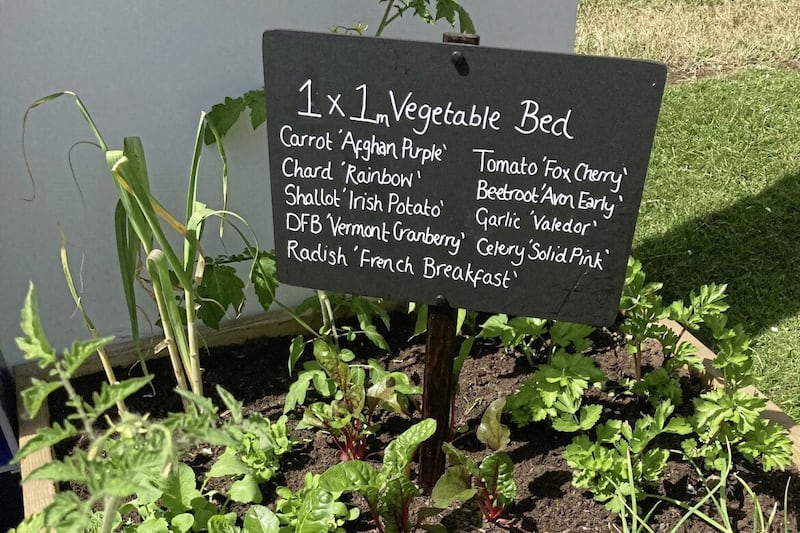These days, Valentine’s Day is all about loved-up couples exchanging fancy gifts, nibbling on heart-shaped chocolates and going on a romantic date night.
But what was romance like a century ago? Historian Dr Spencer Jones, of the University of Wolverhampton, looks at Valentine’s Day postcards from 100 years ago to explain what they can tell us about relationships in the First World War.
The cards, which are from the UK and France, depict the different ways men and women from the different countries articulated their love.
Thoughts of You
Dr Jones explains: “Sentimental songs and poems were a common feature of British romantic postcards.
“This example was posted by a soldier to his wife in time for Valentine’s Day 1918.”
Le Baiser (The Kiss)
“France’s attitude towards romance and sex was far more liberal than Britain. This is reflected in this postcard.
“The intimate pose of the soldier and sweetheart in this photograph would have been considered exceedingly risque to British eyes!”
Telephone
“There was always a market for light-hearted romantic cards. This example from 1915 features the then-novel technology of the telephone, an invention that was far beyond the means of ordinary soldiers.
“The card was posted in 1915 and addressed to a soldier’s wife staying at the Blue Bell Inn in Bedlington, Northumberland. The Blue Bell Inn still stands today.”
Some Story
“The standards of polite society in Britain meant that risque humour was not something that was shared with the opposite sex.
“This card plays on this social norm by featuring a role reversal as a shy, blushing officer reacts to a story that seems to have been told by his rather worldlier companion!”
I Love You
“Despite the impression of some British observers, French postcards did not always feature risque scenes.
“This charming art card conveys a romantic message from a soldier to his loved one. The caption translates as ‘How I write, I love you, Always, With my Heart’.”
Hug
“In contrast to the French, British photographic postcards usually featured chaste and sentimental images.
“This photo postcard of a soldier embracing his wistful sweetheart is a typical example.”
God Have You in His Keeping
“Sentimental imagery was the predominant theme of romantic British postcards.
“The parting of soldiers and sweethearts had been a popular subject for artists for many years, but achieved a new relevance in the First World War as millions of young men went to the front.”
Glamour
“Suitors who did not feel confident enough to send a romantic card often sent ‘Beauty’ cards to their sweethearts, usually accompanied by a note explaining that they thought the object of their affection was far prettier than the lady portrayed on the card!
“This image is from the ‘Our Noble Allies’ series which portrayed each of Britain’s wartime allies as a beautiful woman.”
Dream of You
“Some postcard companies saw the opportunity to increase sales by creating ‘Song Series’.
“These usually consisted of three postcards that, when placed together, completed a sentimental song or poem. Senders were expected to send all three parts in the correct order. Some series even had ‘response’ sets that were to be used as replies!”
Darling, every potato I have is yours
“This card features an illustration from renowned wartime cartoonist Bruce Bairnsfather.
“The officer promising his beloved ‘every potato I have’ is a reference to the introduction of rationing in Britain in 1917.
“Potatoes were not rationed in Britain and became a staple of the wartime diet – the caption suggests the suitor is lacking in means or imagination to provide much else!”








